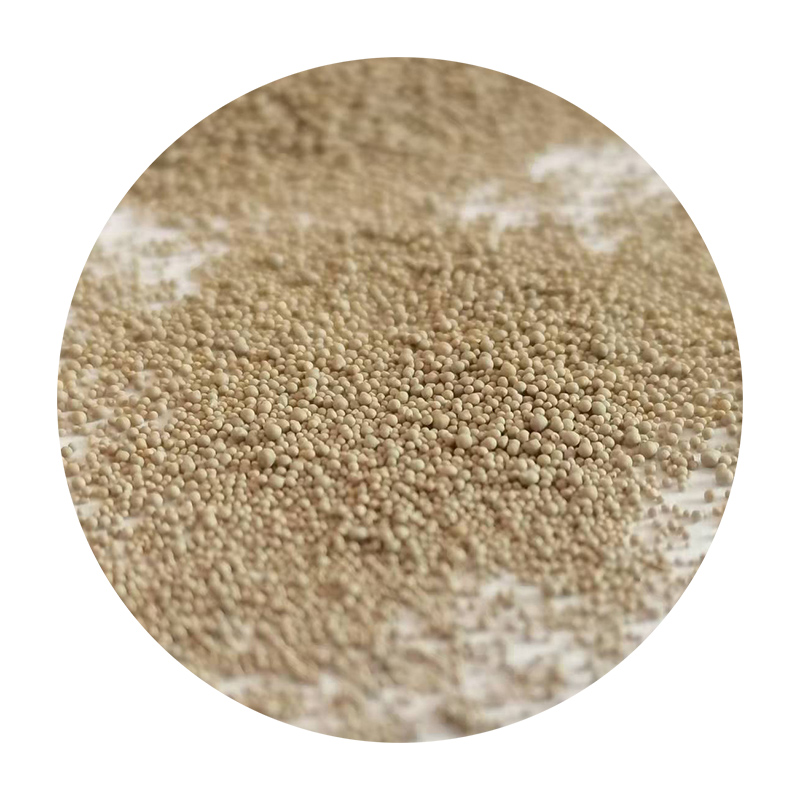Understanding Sand Casting Materials A Comprehensive Overview
Sand casting, a widely utilized method in the metal casting industry, relies heavily on the selection of suitable materials to create high-quality castings. This process, which involves pouring molten metal into a sand mold, necessitates careful consideration of both the sand and the other materials used. Understanding the properties and functions of these materials is essential for achieving optimal results in sand casting.
Sand Selection
The most critical component of sand casting is, of course, the sand itself. The primary material used in sand casting molds is silica sand, known for its excellent thermal stability and ability to withstand high temperatures. Silica sand comprises mostly silicon dioxide (SiO2) and is favored for its sand properties, which include grain size, shape, and cohesiveness. The grain size typically ranges from fine to coarse, with finer sands providing smoother surfaces and coarser sands being better at filling voids and supporting more complex shapes.
In addition to silica sand, other materials can be used to enhance the properties of the mold. For instance, olivine sand, which is composed of magnesium silicate, offers superior thermal properties and is less prone to expansion during casting. This reduces the risk of defects in the final product. Another option is zircon sand, known for its high refractoriness and ability to produce intricate details due to its fine grain structure.
Bonding Agents
To create an effective mold, sand needs to be bonded together, and this is where bonding agents come into play. Bentonite clay is the most commonly used binding agent in sand casting. Its ability to absorb water allows it to create a strong bond with sand grains, ensuring the mold retains its shape during the pouring of molten metal. Other materials may also be added to enhance the binding properties. For example, organic binders like phenolic resin can be used to reduce emissions and improve the casting’s surface finish.
sand casting materials

Additives
In some cases, additives are included in the sand mix to improve the overall performance of the mold. These additives can serve various purposes, such as improving the mold's resistance to erosion, enhancing its thermal stability, or increasing its cohesiveness. Common additives include coal dust, which can facilitate smoother surfaces, and sand from various sources that might possess unique properties beneficial to specific casting requirements.
Pouring Materials
The metal poured into the sand molds also plays a critical role in the overall casting process. Different metals and alloys have distinct melting points, fluidity, and solidification characteristics. Common metals used in sand casting include aluminum, iron, and brass, with each having specific properties tailored for different applications. Selection of the appropriate metal is crucial for achieving desired mechanical properties in the finished product.
Conclusion
In conclusion, the choice of materials in sand casting is pivotal to the success of the casting process. From the selection of sand types and bonding agents to the integration of additives and pouring materials, each component must be carefully selected to meet the specific requirements of the casting application. Understanding the properties and effects of these materials not only improves the quality of the castings produced but also enhances the efficiency and cost-effectiveness of the sand casting process. As industries continue to evolve, ongoing research and development in materials science will further optimize sand casting practices, leading to innovations and improvements in manufacturing processes across various sectors.
Post time:ਦਸੰ. . 12, 2024 10:43
Next:foundry casting sand
